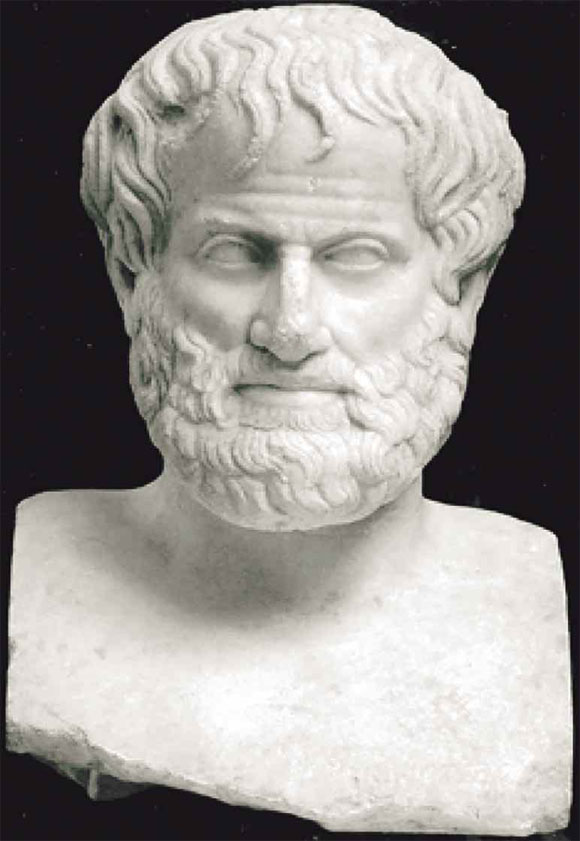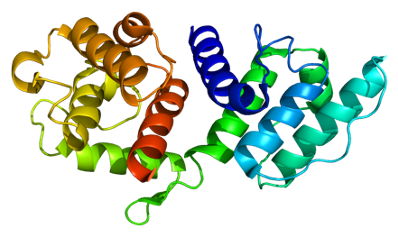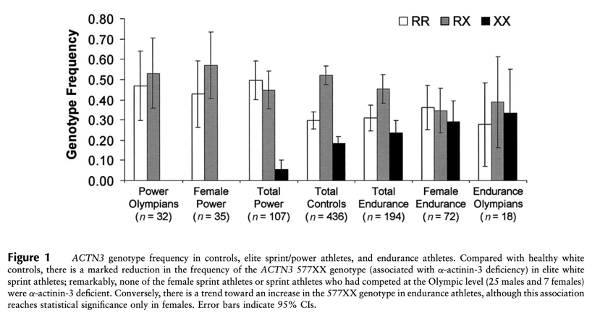Historically, philosophical currents have dealt with these issues. Plato considered that behavior and knowledge were due to innate factors, something he called reminiscence, given the immortal characteristic of the soul. All knowledge is present at the precise moment of being born. He also believed that the environment played a role in the development of the human being, but it did not teach him anything new, and his purpose was to remind people of what they already knew. Plato’s view spawned the rationalist school of thought whose basic principle that all knowledge is innate was later defended by Descartes, Spinoza, Leibniz, and Kant.

On the other side is Aristotle who proposed that human beings are born as a tabula rasa. According to this idea, we are not born with knowledge, but we acquire it through experience. He believed that the environment was a vital factor in behavior. This empiricist school of thought whose basic belief is in the power of experience was later championed by Locke, Berkeley, Hume, and Mill.
These divided opinions between the rationalists and the empiricists gave rise to the dichotomy between nature and nurture (nature vs. nurture). This dichotomy has exerted a powerful influence on Western thought in general and evolutionary thought in particular.
Taking these concepts to sport and performance, there are three lines of knowledge about this dichotomy. The one that proposes nature (genetics) as the fundamental conditioning factor for high-level sports development, that is, the possession or predominance of particular genes in an individual will allow him to succeed or excel in a sport or in a particular discipline , in our case climbing difficulty, bouldering or speed. On the other hand, there is the line that states that sports success is achieved through hours, days and years of deliberate practice and training. And the third line integrates the previous ones, accepting the influence of the athlete’s genetic material, which through properly planned and structured training manages to manifest its full potential.
The contribution of genetics to high athletic performance cannot be doubted, even in a sport as new as climbing. We could make an evolutionary parallel with the tree-climbing monkeys and our offspring of that species, but that will be left for another article. Parents have the ability to transmit their genetic traits and thus be able to meet potential level athletes with children with similar or superior performance. As early as the 1960s, one of the fathers of sports physiology, Dr. Per-Olof Astrand, stated that the person who wanted to become an Olympic champion should be very careful when choosing his parents. Brooke and Shawn Raboutou could fit directly into this example, as their parents Didier Raboutou and Robyn Erbesfield were multiple world cup winners.

The Human Genome Project showed that humans share 99% of their genetic information, indicating that differences between individuals are due to a small proportion of DNA and its interaction with other factors. Human DNA is made up of 35,000 genes, of which more than 200 have been found to be directly linked to athletic performance.
In 1990s, Dr. Kathryn North, an Australian geneticist, investigated the genome for the gene that causes muscular dystrophy. In his search, he identified a change in the gene that prevents ACTN3 protein from being expressed in skeletal muscle, but instead of causing disease, it is a normal variant, occurring in approximately 16% of the world’s population (25% in Asian populations, 1% in some African populations and 18% in European population). Structurally, they understood that ACTN3 played an important role in muscle function, but instead of looking at the gene from a disease perspective, North and his colleagues looked at people at the opposite end of the spectrum: those with extraordinary athletic ability.
This gene encodes the protein α-actinin-3, a clustering protein located within skeletal muscle with a key role in the production of sarcomeric force. The ACTN3 gene has attracted the attention of exercise physiologists and sports practitioners because it predetermines the expression of a protein that crosslinks and stabilizes the thin actin filaments in the Z disk and is therefore essential for the production of contractions. strong and fast and explosive. Expression of α-actinin-3 is found only in type II fast fibers, whereas there is an isoform of α-actinin-3 (i.e., α-actinin-2) that is ubiquitously expressed in all types muscle fiber (Baltazar-Martins et al 2020).

Specifically, individuals possessing the ACTN3 XX genotype suffer from α-actinin-3 deficiency. In contrast, individuals with RX or RR genotypes express functional α-actinin-3. Furthermore, it has been proposed that the ACTN3 genotype controls sarcomeric composition and muscle function, indicating that RR individuals have the highest amount of α-actinin-3 within the muscle.

Individuals who possess the RR genotype have a greater predisposition to generate greater power as has been shown by a large number of studies in high-level athletes (Yang et al., 2003, Druzhevskaya et al, 2008) and in performance tests such as jumping vertical (5%), or grip strength (6%) (Broos et al., 2015), those with the XX genotype are oriented more towards endurance sports. Some recent research suggests that α-actinin-3 deficiency has performance implications due to a higher incidence of muscle and ligament injuries and also greater muscle damage due to eccentric actions (Del Coso and cols, 2019)

With the objective of evaluating ACTN3 genotypes in climbers, Ginzt et al. (2018) evaluated professional bouldering and lead climbers. His hypothesis was that given the strength and power characteristics of the bouldering discipline, the RR genotype would be predominant in the specialists of this modality.
To do this, DNA samples were obtained from 100 climbers (84 H, 16 M; 18 to 37 years old) from Poland (82%), Russia (12%) and Austria (6%) divided into two equal groups: 50 specialists from Professional bouldering (45H, 5M) and 50 professional lead climbers (38H, 11M). Both the bouldering and lead specialists were classified into two groups: top elite and elite athletes. The frequency comparison was made with a control group of 100 subjects.
The frequency of the RR, RX and XX genotypes in the control group was: RR = 33%; RX = 50% and XX = 17%, while in climbers it was RR = 44%; RX = 40% and XX = 16% without having significant differences. But when we discriminate by discipline we see that there are significant differences, in the case of bouldering specialists the direction is as follows: RR = 62%; RX = 30% and XX = 8% and in lead specialists: RR = 26%; RX = 50% and XX = 24%.

The main finding of the study was that the frequency of the RR genotype was significantly higher in the boulder climbers relative to the lead climbers and those in the control group. Therefore, the ACTN3 RR genotype, which is frequently associated with power performance, may influence the determination of predisposition to strength development in bouldering specialists.
If only this type of evidence was enough, we could affirm that the genetic factor of an athlete is the non-modifiable limitation that makes the difference between a champion and a second place in a competition. However, basing excellence in sports practice solely on this factor would not allow us to contemplate this image in its entirety but only partially). But nevertheless the genetic factor by itself is not a guarantee of sporting success in a particular discipline or sport.
In the next article we will see the opposite line, analyzing the studies of Ericsson who was the one who popularized that to reach maximum performance 10,000 hours of deliberate practice are necessary.

Refereness:
Baltazar-Martins, G.; Gutiérrez-Hellín, J.; Aguilar-Navarro, M.; Ruiz-Moreno, C.; Moreno-Pérez, V.; López-Samanes, Á.; Domínguez, R.; Del Coso, J. Effect of ACTN3 Genotype on Sports Performance, Exercise-Induced Muscle Damage, and Injury Epidemiology. Sports 2020, 8, 99.
Broos S, Van Leemputte M, Deldicque L, Thomis MA. 2015. History-dependent force, angular velocity and muscular endurance in ACTN3 genotypes. Eur J of Appl Phys 115:1637-1643.
Del Coso, J., Hiam, D., Houweling, P., Pérez, L. M., Eynon, N., & Lucía, A. (2019). More than a ‘speed gene’: ACTN3 R577X genotype, trainability, muscle damage, and the risk for injuries. European journal of applied physiology, 119(1), 49–60. https://doi.org/10.1007/s00421-018-4010-0
Druzhevskaya, A. M., Ahmetov, I. I., Astratenkova, I. V., & Rogozkin, V. A. (2008). Association of the ACTN3 R577X polymorphism with power athlete status in Russians. European journal of applied physiology, 103(6), 631–634. https://doi.org/10.1007/s00421-008-0763-1
Ginszt, M., Michalak-Wojnowska, M., Gawda, P., Wojcierowska-Litwin, M., Korszeń-Pilecka, I., Kusztelak, M., Muda, R., Filip, A. A., & Majcher, P. (2018). ACTN3 Genotype in Professional Sport Climbers. Journal of strength and conditioning research, 32(5), 1311–1315. https://doi.org/10.1519/JSC.0000000000002457
Rodríguez Quijada, M. «El Deportista De éxito, ¿nace O Se Hace? Una revisión bibliográfica». Apunts. Educación física Y Deportes, Vol. 1, Núm. 123, marzo de 2016, p. 13-18,
Yang, N., MacArthur, D. G., Gulbin, J. P., Hahn, A. G., Beggs, A. H., Easteal, S., & North, K. (2003). ACTN3 genotype is associated with human elite athletic performance. American journal of human genetics, 73(3), 627–631. https://doi.org/10.1086/377590


7 de November de 2022 at 19:14
Epub 2017 Jan 31 generic cialis for sale Ybarra et al described the influence of health related websites as an important influence on patient behavior, leading to less anxiety and increased self efficacy 17
8 de November de 2022 at 01:25
cialis super active com 20 E2 AD 90 20Viagra 20Soft 20 20Viagra 2050 20Mg 20Pris 20Apoteket viagra 50 mg pris apoteket And with that, Reese set the tone for the 2013 season, in which the Giants will practice every day in the shadow of the home of Super Bowl XLVIII